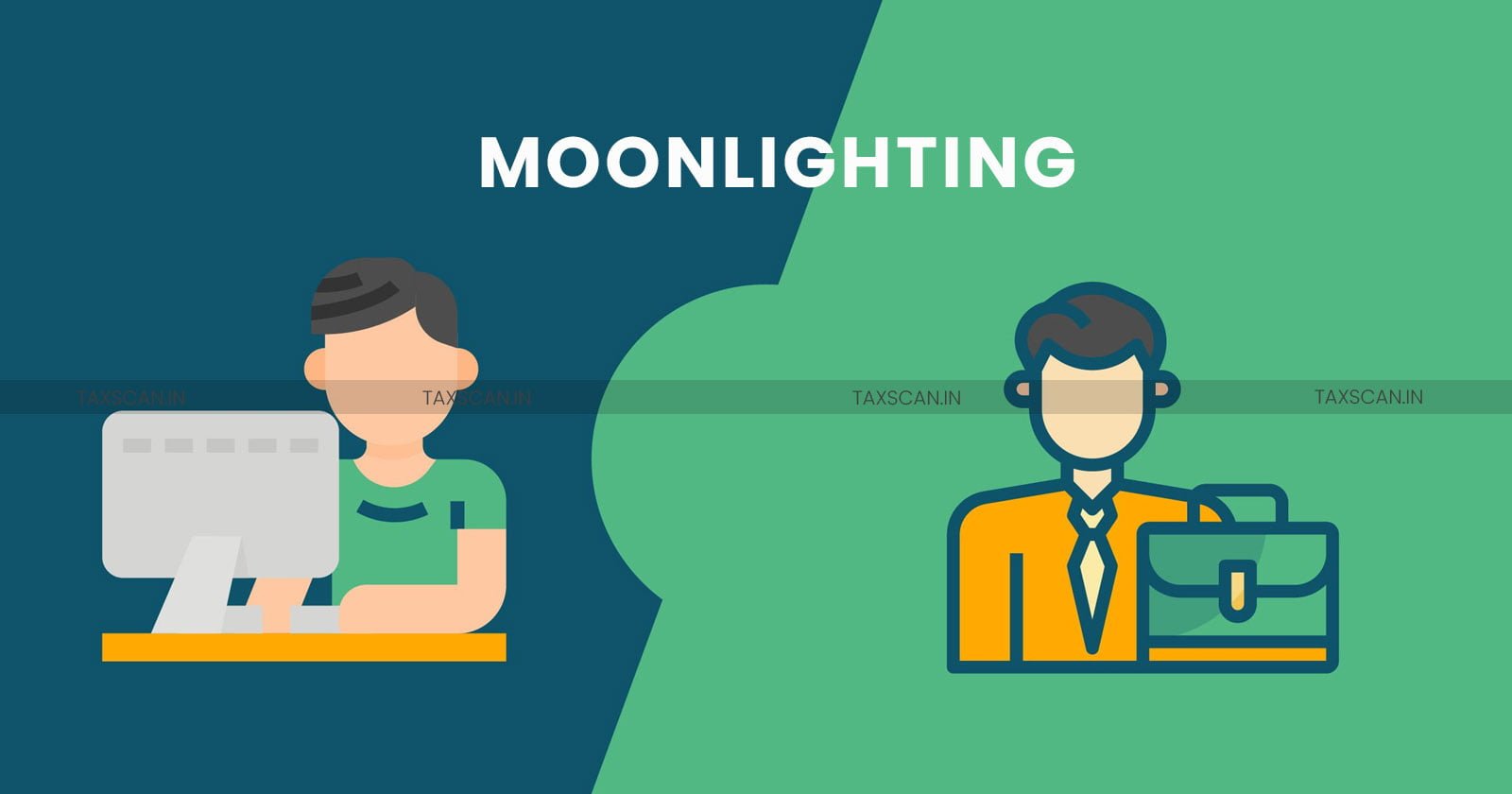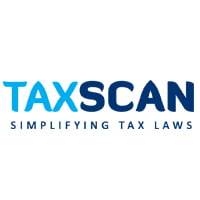Moonlighting Income: Know the Tax Implications

Moonlighting is simply the side hustle or side gig that a person takes in addition to regular employment, usually without the consent of the primary employer. Several companies like Wipro, Infosys, IBM and recently Tech Mahindra have issued actions and notices against moonlighting that have raised alarm within the employees.
The tax implications of payments from additional assignments outside regular payments has become a concern for many professionals who work additional jobs and tax planners and practitioners alike.
It is pertinent to note that there are no separate provisions for moonlighting in the Income Tax Act, 1961 unlike income from profits and gains from business and profession.
The income received as business income or professional fees from moonlighting may be enquired into in a later period of time and if undeclared income is found, penalties may also be imposed.
The recipient must declare such income in his or her tax returns and duly pay the applicable income tax rate. A payee not deducting tax at source (TDS) or a recipient not declaring such income would amount to violation of the Income Tax law and invite action.
From the perspective of an individual or a company making a payment of more than Rs 30,000 to a person in return for a contract job (under Section 194C of Income Tax Act, 1961) or pays a professional fee (Section 194J, IT Act), they are liable to deduct TDS at the applicable rate. The TDS liability is also applicable if payments to the person exceed Rs 1 Lakh in a financial year under Section 194C.
If the moonlighting is done in a business owned or is of professional nature, the expenses incurred for such a second job can be deducted under Section 36. The remaining amount shall be offered to tax under Section 44AD, as applicable. But, if the side gig is listed as one of the professions listed in Section 44ADA and the net income is less than Rs. 50 Lakhs, then the option to pay tax on only 50% of their income can be availed at the price of not having the option to deduct expenses.
If the taxpayers receive the income from moonlighting as salary, then the standard deduction can only be claimed from either employer and not both. The same case applies to deduction of tax under Section 80C, which can be claimed only once.
Thus, the total deductions must be computed, keeping in mind the ceiling limits of the deductions, (Rs. 50,000/- for standard deduction and Rs. 1,50,000/- for deduction under Section 80C).
It is also important that from total taxes, the TDS deducted by both the employers must be subtracted and the balance must be paid as advance installments.
Support our journalism by subscribing to Taxscan premium. Follow us on Telegram for quick updates.


